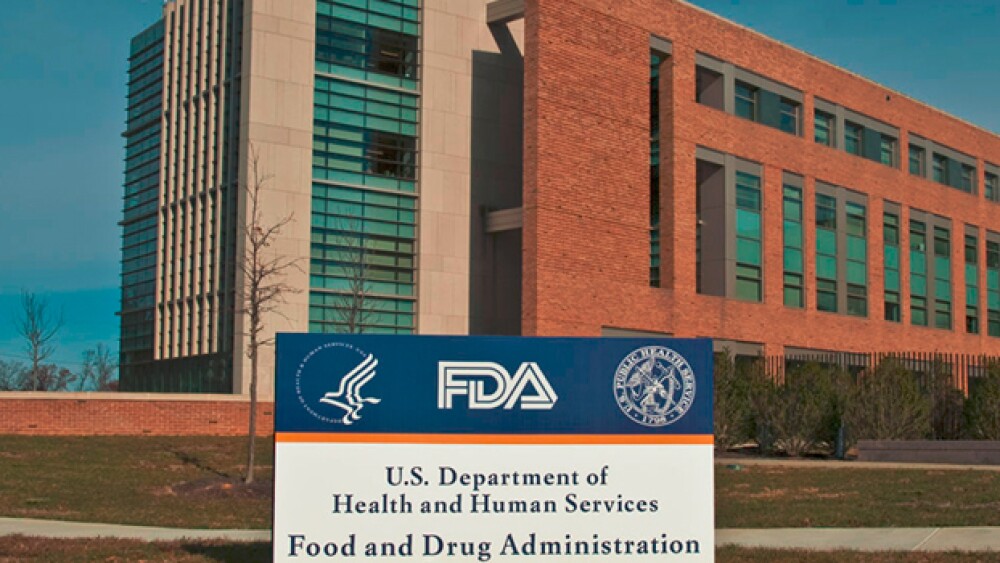The FDA broke new ground today with a first-of-its-kind therapy for eye disease.
The U.S. Food and Drug Administration broke new ground today with a first-of-its-kind therapy for eye disease. The regulatory agency approved Spark Therapeutics’ Luxturna (voretigene neparvovec), a gene therapy for a rare, genetic form of blindness.
The approval marks the first time the FDA has approved a directly administered gene therapy that targets a disease caused by mutations in a specific gene. Luxturna is approved for the treatment of pediatric and adult patients with confirmed biallelic RPE65 mutation-associated retinal dystrophy. The disease can lead to vision loss and may cause complete blindness in certain patients.
FDA Commissioner Scott Gottlieb, who heralded the approval of the first CAR-T cancer therapies earlier this year, touted the therapeutic approach for the treatment of vision loss.
“I believe gene therapy will become a mainstay in treating, and maybe curing, many of our most devastating and intractable illnesses,” Gottlieb said in a statement.
Biallelic RPE65 mutation-associated retinal dystrophy affects between 1,000 and 2,000 patients in the United States. Luxturna uses a naturally occurring adeno-associated virus (AAV) that has been modified using recombinant DNA techniques to deliver a normal copy of the RPE65 gene directly to retinal cells. The cells then produce the normal protein that converts light to an electrical signal in the retina to restore patient’s vision loss.
“The approval of Luxturna further opens the door to the potential of gene therapies. Patients with biallelic RPE65 mutation-associated retinal dystrophy now have a chance for improved vision, where little hope previously existed,” Peter Marks, director of the FDA’s Center for Biologics Evaluation and Research, said in a statement.
The FDA approval followed unanimous support from an FDA advisory committee in October. That followed a key study of patients who received the treatment. Each of the patients who received the treatment had significant improvement in light levels in both eyes. So far, the effects of the treatment appear to be lasting, but time will tell if repeat treatments will have to be performed on these patients.
With the approval of the therapy, one other large question looms – how much will the treatment cost? Analysts speculate that the treatment could run between $750,000 and $1 million per patient. So far the company has not provided pricing information, although it’s likely to spark some debate among payers.
Andy Smith, an analyst at Edison Investment Research, raised that concern in a note issued this morning. He said payers should expect “tense and intense discussions” in the New Year. Smith called the approval “an important step in the treatment of orphan diseases.”
Smith noted that the Spark approval is the third time a gene therapy has been approved for treating eye disease globally. In Europe, Smith said UniQuire had a treatment approved, but then withdrawn. He also noted a treatment has been approved in China, but with “limited visibility on efficacy and safety.”
In his comments, Gottlieb hinted that with a third cutting-edge gene therapy treatment approved this year, the FDA would look to capitalize. In the coming year, Gottlieb said the FDA will begin to “issue a suite of disease-specific guidance documents” on the development of specific gene therapy products. The documents will “lay out modern and more efficient parameters” that include new clinical measures, for the “evaluation and review of gene therapy for different high-priority diseases where the platform is being targeted.”
Shares of Spark Therapeutics are down slightly to $47.64 as of 12:50 p.m. Shares jumped to $51.45 this morning, but have slid since then.





